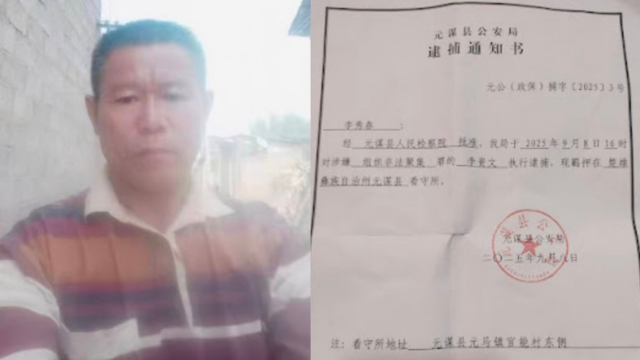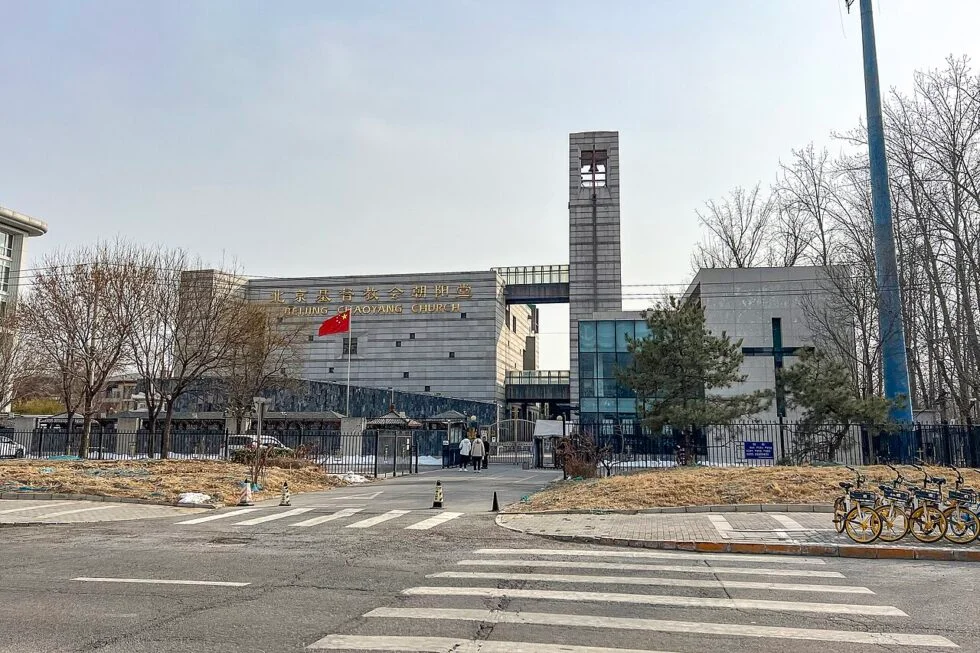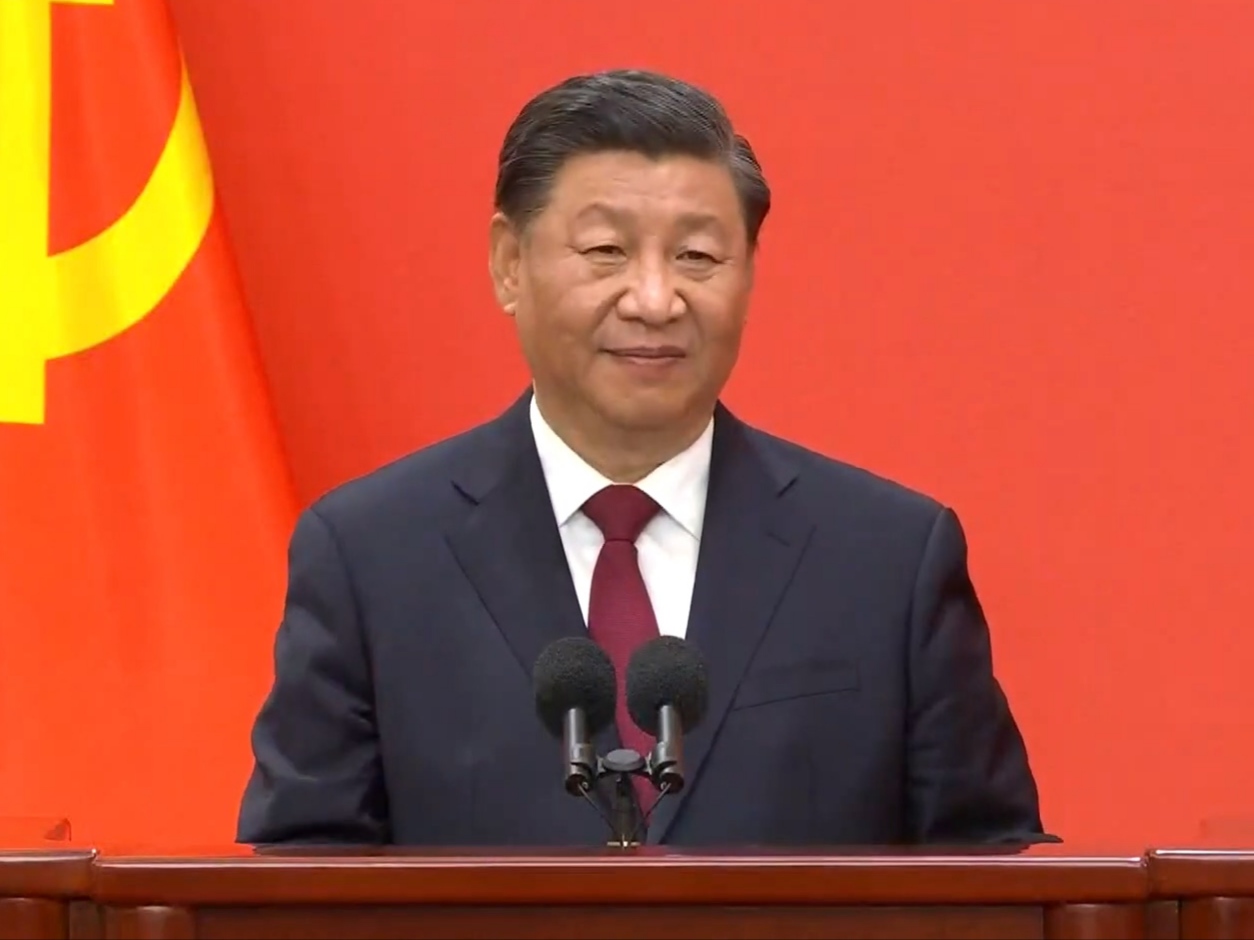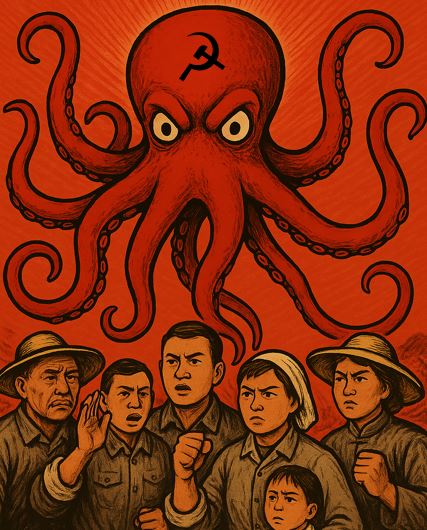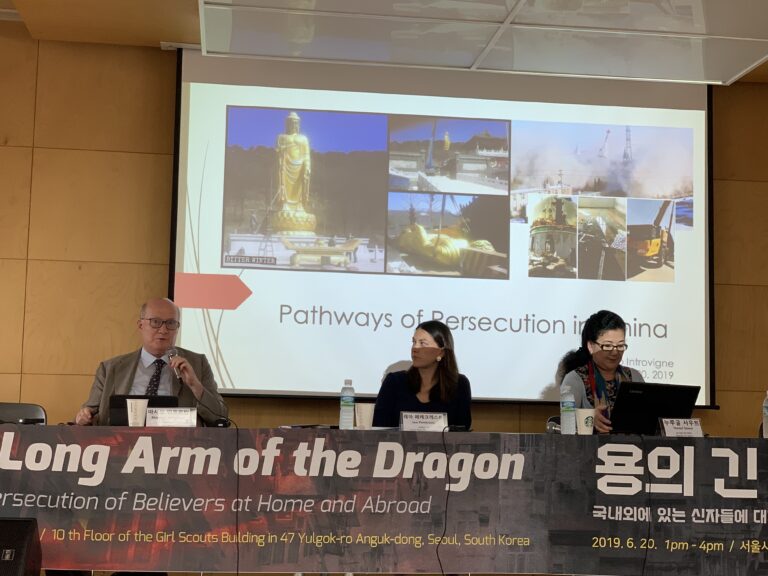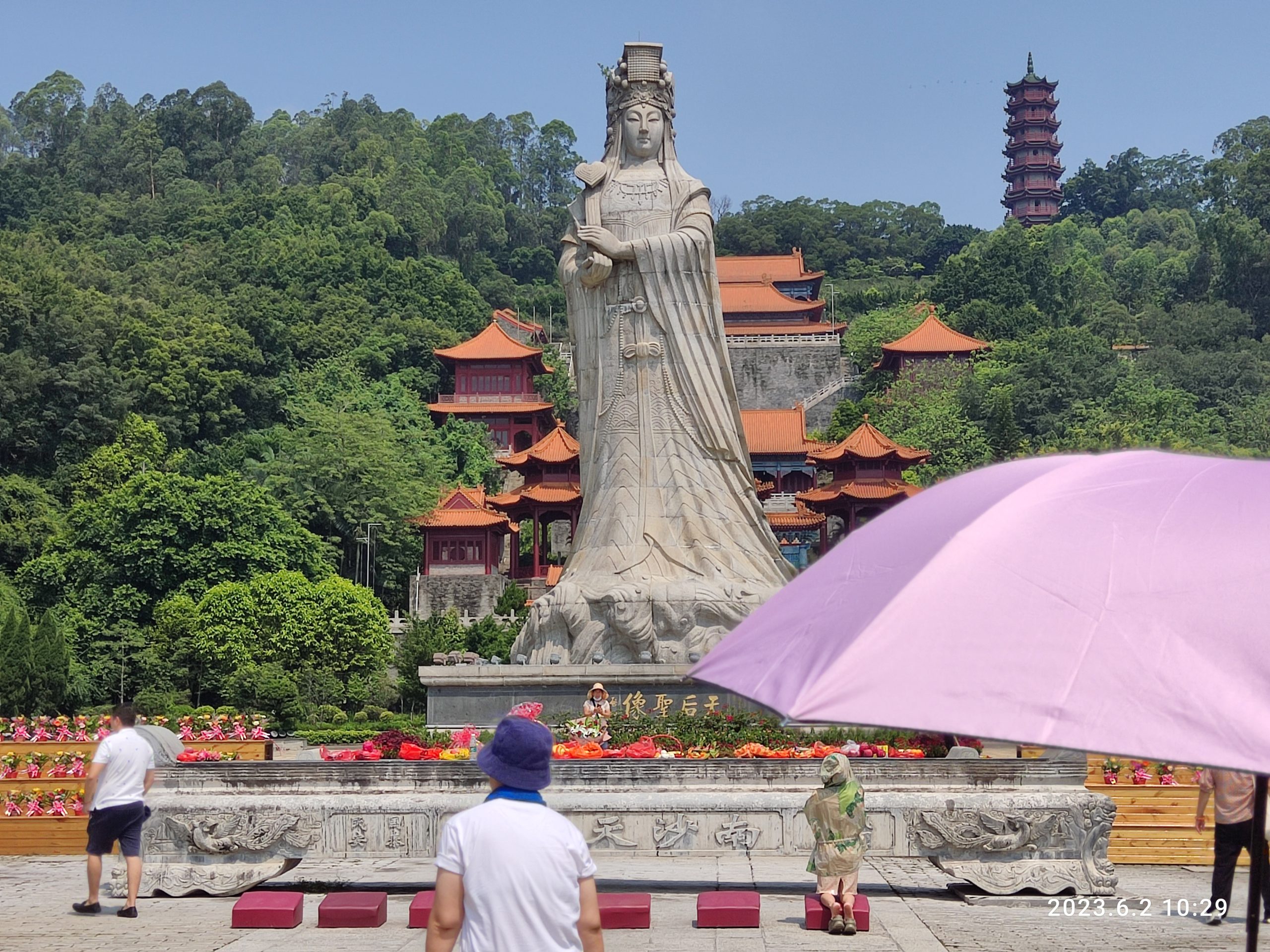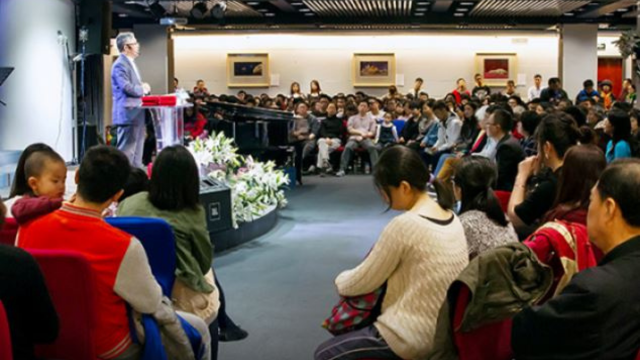Ignoring international criticism, a new document declares victory against extremism, separatism, and non-Sinicized religion.
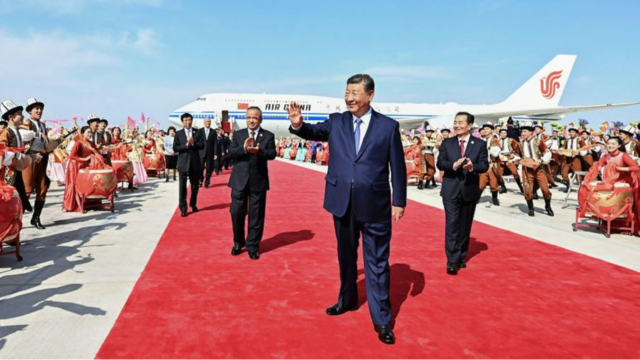
Coinciding with Xi Jinping’s visit to Xinjiang to celebrate the 70th anniversary of the so-called autonomous region, on September 25, 2025, the State Council Information Office of the People’s Republic of China released a new White Paper titled “The Successful Practice of the Party’s Xinjiang Governance Strategy in the New Era” (新时代党的治疆方略的成功实践 ). The document, published on the official government portal, marks a significant evolution in the Chinese Communist Party’s narrative about the region. It shifts away from the language of counterterrorism and stability maintenance that dominated previous White Papers (2019, 2021). Instead, it presents Xinjiang as a “wonderful land,” a showcase of “modernization,” “ethnic unity,” and “cultural integration.”
The document claims (falsely) that “China’s central government has governed Xinjiang for more than 2,000 years of history.” It declares that thanks to the “glorious” work of the Chinese Communist Party, Xinjiang has achieved historic leaps in economic growth, infrastructure, education, and public services. It claims that the region has entered a new stage of high-quality development, with GDP growth, urbanization, and tourism cited as evidence of success. The emphasis is no longer on combating “three evils” (terrorism, separatism, extremism), but on celebrating the harmonious coexistence of ethnic groups under the leadership of the Party.
This rhetorical shift is not merely cosmetic. It implies that past problems — including religious dissent and cultural autonomy — have been resolved, and that the current model is stable, replicable, and ideologically sound.
The White Paper devotes considerable attention to the “Sinicization” of religion and culture. It proclaims that “The Sinicization of religions is crucial to the overall situation in Xinjiang. We must fully implement the Party’s basic principles on religious work, upholding the protection of lawful practices, curbing illegal practices, curbing extremism, resisting infiltration, and combating crime. We must guide believers in developing national consciousness, civic awareness, and awareness of the rule of law, and actively guide religions to adapt to a socialist society.”
The White Paper praises the standardization of religious venues, the retraining of religious personnel, and the promotion of civilized religious customs. Islam, Christianity, and other faiths are described as private matters that must align with socialist values and “Chinese characteristics.” The Communist Party proudly reports that “we strengthen ideological and political guidance for religious circles. We promote activities that bring the national flag, the Constitution, laws and regulations, core socialist values, and China’s [meaning Han] fine traditional culture into religious venues.” “We strengthen the governance of religious affairs in accordance with the law, support religious circles in deepening their anti-extremism efforts, and consciously resist and prevent the infiltration of religious extremist ideas.”
These measures are part of a broader campaign to “rally people’s hearts and minds” and “build a shared spiritual home.”
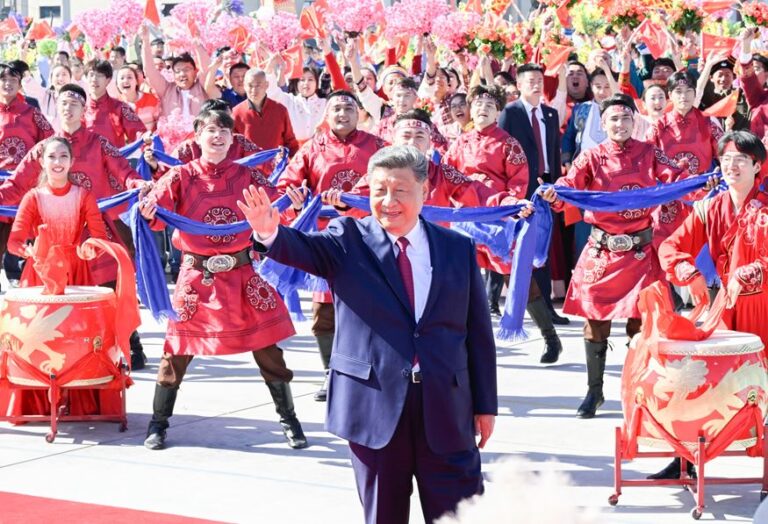
Xi Jinping celebrating the 70th anniversary of the so-called Xinjiang Uyghur Autonomous Region. Source: Presidency of the People’s Republic of China.
The White Paper repeatedly invokes the concept of a community of the Chinese nation. It asserts that all ethnic groups in Xinjiang — including Uyghurs, Kazakhs, Hui, and Han — are inseparable members of the “one Chinese family.” Cultural diversity is acknowledged, but only insofar as it contributes to “national cohesion.” The document celebrates interethnic marriages and the promotion of Mandarin as tools for “integration.”
Notably, the White Paper does not mention the internment camps, forced labor allegations, or international criticism that have dominated global discourse on Xinjiang. Instead, it presents the region as a model of “ethnic policy success,” where “broad consensus” has allegedly replaced division and conflict.
The implications for religious liberty are profound. The White Paper redefines freedom of religion as the right to practice state-sanctioned rituals under the supervision of patriotic religious associations. Independent religious activity — including private study, unsupervised worship, and foreign contact — is implicitly treated as a threat to social harmony.
The White Paper declares that Xinjiang’s experience offers valuable lessons for other regions. It calls for the deepening of ideological education, the strengthening of cultural confidence, and the “promotion of socialist core values.” These phrases echo recent campaigns in Tibet, Inner Mongolia, and among religious groups nationwide.
In effect, the document positions Xinjiang not as an exception, but as a prototype. The surveillance, reeducation, and cultural assimilation policies are no longer framed as emergency measures, but as components of a successful governance model.
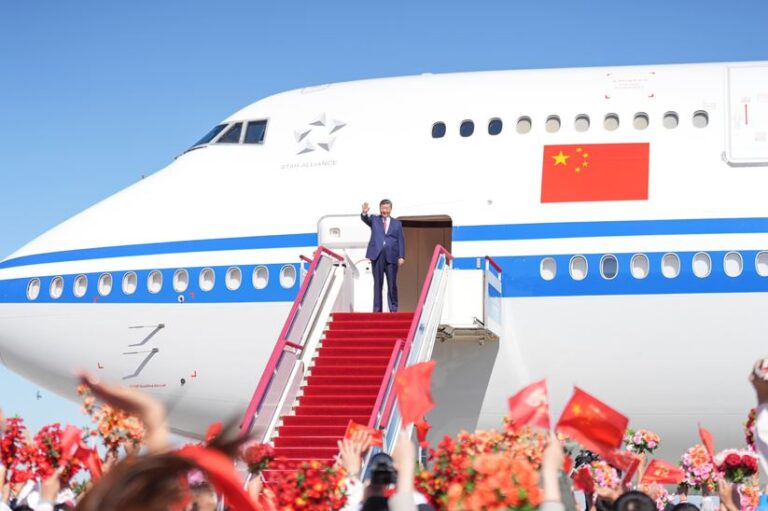
The 2025 White Paper on Xinjiang is a declaration of ideological victory. It presents a sanitized narrative of transformation, where religious and cultural dissent have been replaced by loyalty and progress. For religious communities in China — Muslim, Christian, Buddhist, and others — it signals a narrowing of space for independent belief. The document’s triumphalist tone and lack of accountability suggest that the Party views its work in Xinjiang as complete — and ready to be replicated.
In this framework, religious liberty is not a right but a privilege granted to those who conform. The dangers are not only for Xinjiang’s minorities, but for all who seek to live their faith outside the bounds of state control.
Source: Bitter Winter



